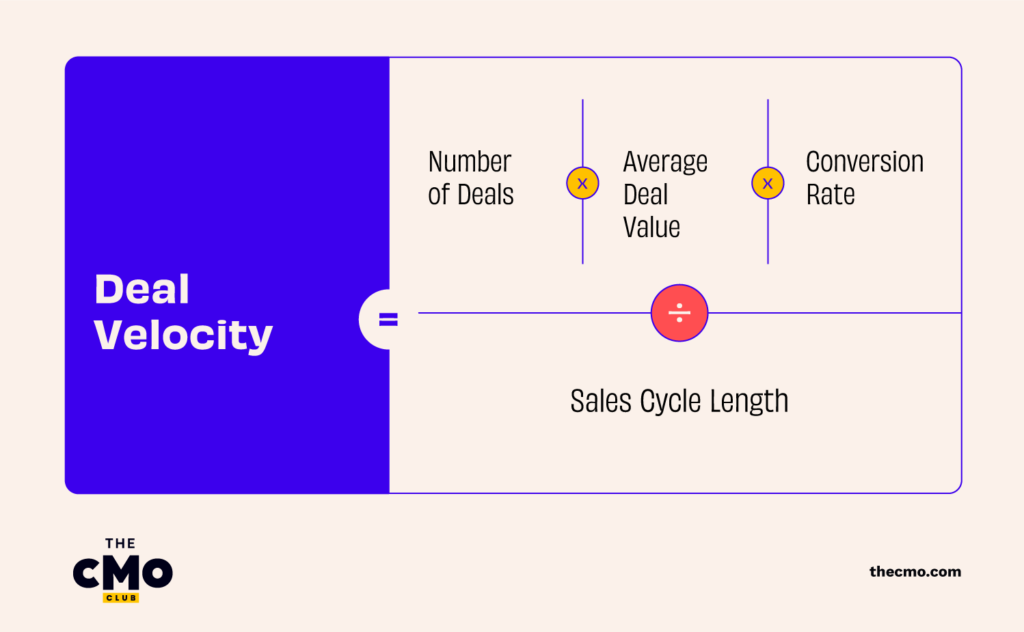Before we talk about ABM campaign templates, let's explore the why behind ABM. If you sell to small/medium businesses, you have a much larger total addressable market. You can sell something to many people (and potentially at a lower price) and build a big business.
But if you sell to an enterprise, you can only sell to a relatively small number of people. So you potentially may need to charge more (and the sales & product tend to be more complex) to build a big business.
Therefore, account-based marketing is essentially GTM for enterprise markets because, by nature, you have a smaller TAM and higher ACV.

Selling to an enterprise means dealing with complex sales workflows, navigating internal stakeholders, more expensive products, and longer sales cycles. This is also why many enterprise products are not self-service.
How To Measure Your ABM Campaigns
Enterprise marketing starts at the accounts level. This is a fundamental difference between SMB GTM & Enterprise GTM.
With SMB, you are selling to ‘leads.’ A lead might be a buyer and user; I am a small business owner buying accounting software. I make the buying decision (which software to buy), I am the user (I will be doing accounting or working with accounting form), and the stakeholder (I need this to work so I can make smart decisions about the business).
With that context, marketing starts with a lead; sometimes, you just work with a single lead.
In an enterprise scenario, though, a lead is just a person in a ‘buying context,’ and there are multiple people to consider:
- The economic buyer
- Influencer
- Stakeholders
- Procurement
- End-user
In other words, when you sell to an enterprise, you aren’t just selling to one person but to a collection of people with agendas and outcomes.
Navigating this means multithreading different stakeholders, understanding their motivations, and addressing their objections. This is a crucial benefit of an ABM strategy.
It's not always about leads. It's about existing opportunities and moving them through the funnel
So you can measure your ABM campaigns by tracking the following:
- Lead generation: Although enterprise/account marketing doesn’t always mean ‘generate leads,’ you can generate leads, so measure how many of your inbound leads are coming from your target / named account list.
- Account Engagement: out of the named account list, how many are currently seeing your targeted content, engaging with your content, coming to your website & in other ways, ‘know you exist’
- Coverage: Out of those named accounts, how many decision-makers and stakeholders do you currently have in your CRM? How many have an account owner assigned?
- Paid media: On the Paid Media side (like LinkedIn), how many target accounts are being served impressions, at what frequency, how many of those are watching your video, and what percentage are completing it?
- On the 1P data side, what campaigns, channels, and activities are leading to named accounts visiting your website? What is their web engagement, how many pages do they view, and how long do they spend on the site? What content resonates the most?
- Influenced pipeline: Since marketing isn't ‘creating’ net new leads,’ how much do marketing activities influence sales cycles, and what tactics work better?
- Logo acquisition: What’s my average cost to acquire a new logo
- Deal Velocity: Are ABM campaigns leading to faster sales cycles? What are the activities that help get named accounts faster? What sales enablement content or material helps? (more on this in the next section)
Regardless of what ABM campaign template you choose to use to measure your ABM strategy, the main point to keep in mind is that ABM is essentially GTM for enterprise markets. With a much smaller TAM and higher ACV, you can’t exclusively rely on software to tell you if your ABM strategy is working.
Get Your ABM Campaign Template
Before we wrap up, let’s explore the idea of deal velocity a bit more.
Formula for Deal Velocity

- Number of Deals: The total number of deals in your pipeline over a specific period.
- Average Deal Value: The average revenue expected from each deal.
- Conversion Rate: The percentage of deals that successfully close.
- Sales Cycle Length: The average time it takes for a deal to move from the initial contact to close,
Deal velocity is everything in enterprise GTM strategies. You must articulate your teams and finances around the deal velocity and do everything to accelerate this process. More speed = more money in less time.
Important concepts to consider when tackling deal velocity:
- Sales Cycle Length: Does marketing impact the sales cycle meaningfully? How? What can you do to help sales close faster?
- Pipeline & Coverage: Do we have enough pipeline & coverage? If we expect 40% of our pipeline to close, do we have enough pipeline to hit that revenue target? Based on expecting 40% of your pipeline to close, you would need a pipeline of $2,500,000 to achieve a target revenue of $1,000,000.
And make sure to subscribe to the CMO newsletter for more of the good stuff—we’ll keep you updated with insights tailored especially for marketing leaders.


